Purpose of Tractor Cob Mixing
Many of you might be wondering “Why would I want to mix cob with a tractor?” There are other good methods of mixing cob with your feet, using a tarp, or in a pit that don’t require the burning of fossil fuels. This is true, and any method of mixing cob without heavy machinery is going to be the purest form of cob mixing with the lowest amount of embodied energy.
But if you’re interested in building a cob home in a speedy time-frame then I highly recommend mixing cob with a tractor (or other machine such as a Bobcat or backhoe). Using this method, the cob mixing process will go about one hundred times faster compared to doing it by foot labor. You will spend some fossil fuels in the process, but you will save an extraordinary amount of human labor and time!
I absolutely think it is worth it to mix your cob with a tractor if you are building any size of cob building. The only main drawback that I have found with tractor mixing is that you will usually not achieve a mix quite as thorough as a carefully stomped batch of foot cob. That’s just the reality of it, but it is a compromise that I believe is not going to hurt the integrity of your building. (Note: It is still very important that you mix it appropriately with a tractor and get it mixed thoroughly enough. Don’t skimp on the quality just because you are doing it with a tractor.)
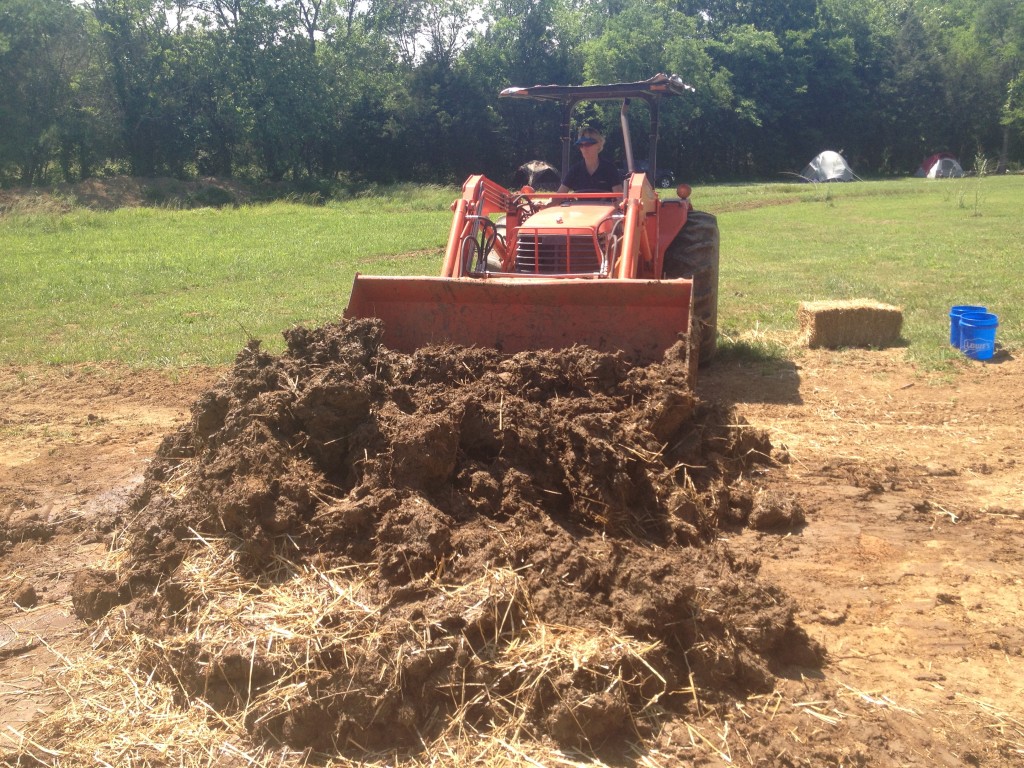
What You Will Need to Mix Cob with a Tractor
You will need these things to make tractor cob:
The first thing you will need is a tractor. A front-end loader with a bucket. Big ones and small ones will all work. The size of your tractor will usually determine the amount of cob that you can make in one batch.
The second thing you will need is a relatively level mixing area. There are a couple of ways that you can go about this. The first and most accessible way is to just clear a spot on the ground. Peel off the top soil with your tractor to where you have a cleared off spot to mix your cob. If you are more serious, you can make a cement pad to do your mixing on. This is the most efficient surface to work on. It will not get muddied up in the rain, it stays level, and you will not accidentally scoop up extra subsoil from below into your cob mix.
Then you will need your cob ingredients: sand, clay-rich soil, straw, and water. Its best to have a large pile or dump truck load of sand and soil out next to your mixing site. Keep several bales of straw nearby and a hose or water trough for adding large quantities of water.
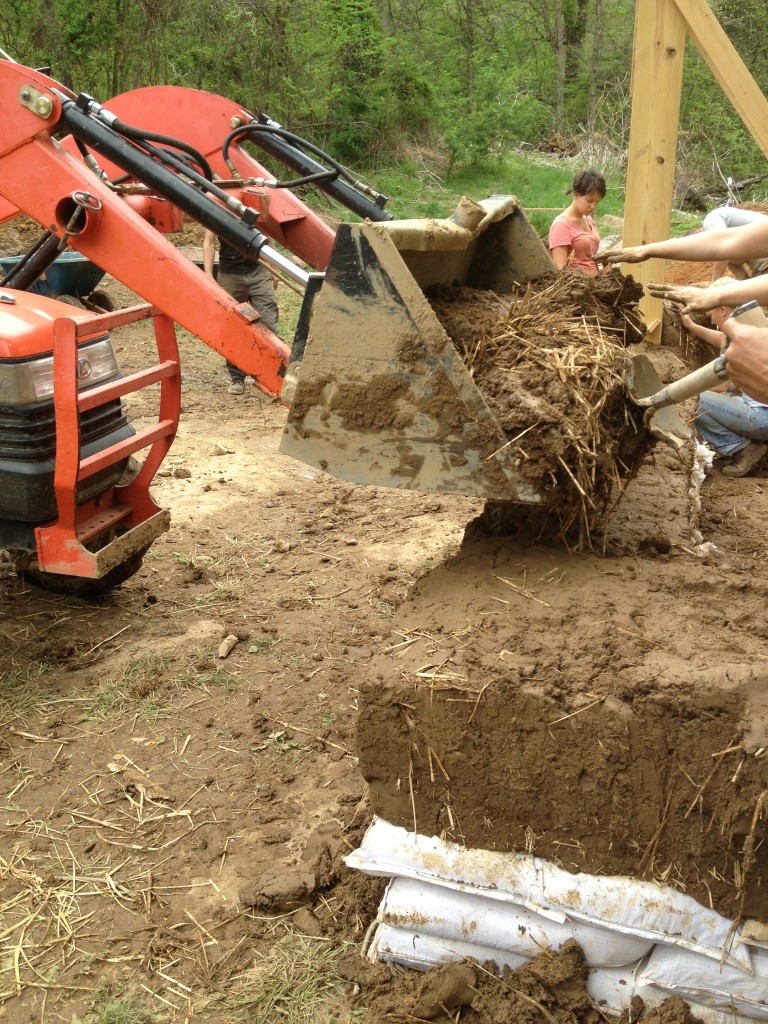
How to Mix Cob with the Tractor
- Determine your cob mixing ratio. How much soil versus how much sand will you be putting in your mix. Test your mix ratio with a couple of foot mixed batches first. This process is explained in any cob building manual. You can get an in-depth walk-through on this process in my book: Build a Cob House: A Step-by-Step Guide.
- Use the tractor and scoop up a bucket full of soil and place it on the middle of your mixing pad. Then pick up a bucket full of sand and place it on the mixing pad. The front-end bucket is your measuring device. Just like how you would use 5-gallon buckets as a measurement tool if you were mixing by foot. Continue to alternate between soil and sand. This will speed up your dry mixing process by getting them together in one big layered pile. So, if my ratio was 1 part soil to 1 part sand, and I wanted to make a quadruple batch I would use 4 buckets of soil and 4 buckets of sand. Alternate between the two materials as you add them to your mixing pad.
- Once you have all of your materials piled up in the middle of your mixing pad you will need to dry-mix them together. This is the same process you would follow if you were mixing on a tarp. You’re just doing it on a larger scale now with a tractor, minus the tarp. There are many techniques as to how exactly you use your tractor to mix. A lot of it will just come with experience. Use your tractor bucket to push, pull, and smear your pile of ingredients. When it starts to flatten or spread out too much push it all back together into a pile. I’ve found that its not efficient to run over your materials back and forth. The weight of the machine mixes and mashes your cob ingredients down, but it just tends to make more of a mess. Mash the materials down with your tractor bucket instead. This way you have more control over your pile and don’t have to spend nearly as much time cleaning your pile up. Also, do your best not to scoop up soil from underneath your mix (if you don’t have a cement pad) since this can distort your materials ratio.
- Once your dry ingredients are thoroughly mixed together its time to add plenty of water. The amount of water that you add will depend on how large your cob batch is. Keep adding water until your mix starts to get muddy and thick. Its best to have a person or two on the side adding water while the tractor operator mixes.
- Continue to thoroughly mix your cob ingredients and add water. When everything is mashed and mixed together its time to add straw. If you have experience with making cob then you will know when your mix is done right and its ready for the straw to be added. It should stick to itself and not be sandy or fall apart in your hands.
- Add enough straw. Some people like more straw, some people like a little less. I would estimate to add 10-15% straw into your mix. Have your helpers on the side continue to add straw as the tractor operator mixes.
- Remember that its much more difficult to get tractor mixed cob as consistently mixed as foot-mixed cob. So, continue to mix your batch a little extra.
- Once you deem your cob thoroughly mixed go ahead and gather your pile of cob up into one big pile again. Its time to transport it to your building site! Nice job!
If you want to build any large cob structure, I highly recommend that you employ this method of cob mixing. You will not regret it! You can literally make one large batch of tractor cob in one hour that would take a group of 10 people 2 or 3 days to make by foot.
There are also ways to mix cob using a Bobcat or a backhoe. These machines require variations to this tractor method though and would require a separate article. Maybe I’ll do a Part 2 if you’re interested.
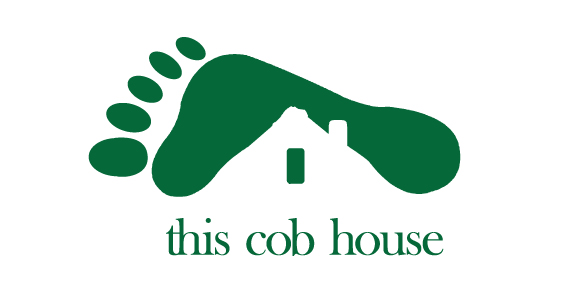
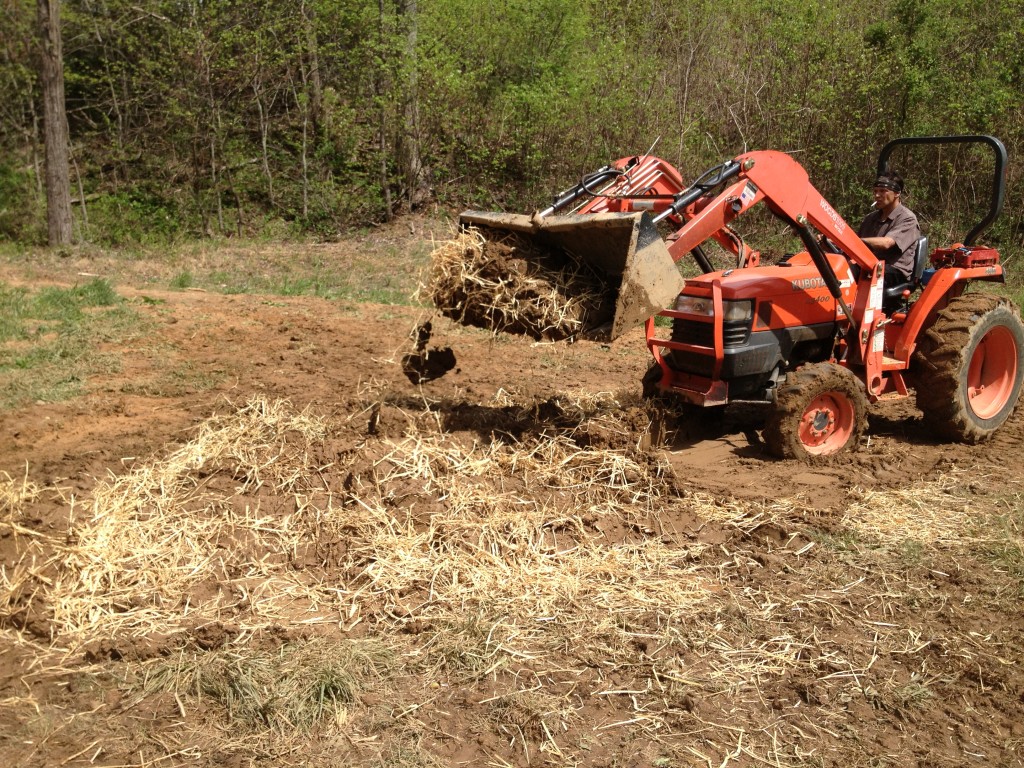
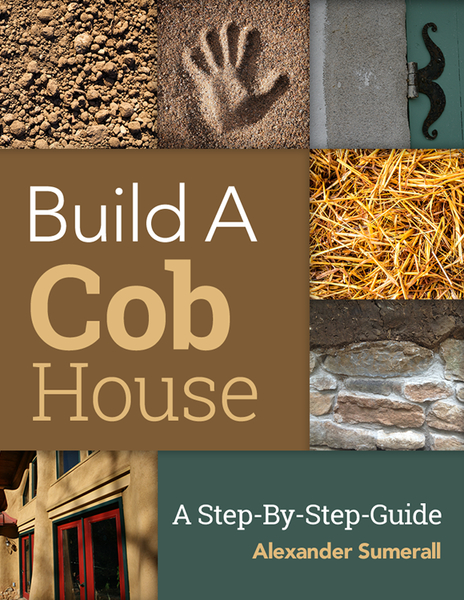


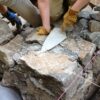
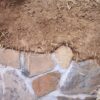

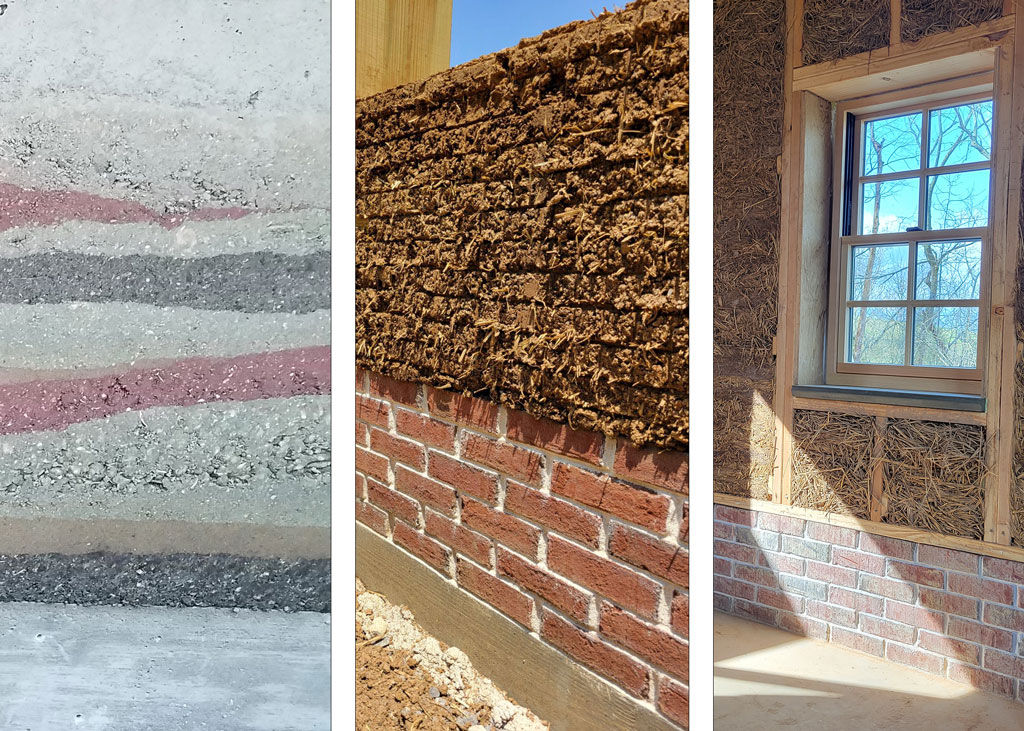




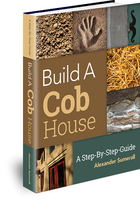
Thank you so much for writing this article. Some day I will build my dream house out of cob. Using a tractor is the way to go especially if you don’t have a lot of friends and family to help out. My friend has a tractor I could use. Reading your article gives me the drive I need to make it happen. How much do you think it would cost to build a 1000 sq ft house and how long would guess it would take to complete?
Respectfully
Anoa
I don’t have a tractor or mortar mixer, so I am going to use a garden tiller to help the feet. I also seen this used on u-tube videos. Be sure some of your work gets done with bare feet if possible, it gives such a feeling of piece. The time depends a lot on location, weather, temperature, humidity and how many helpers. Typically you can build a foot to maybe two feet high in a day. Two feet is pushing it though. If weather cooperated and you have enough help to build your walls a foot a day, if you’re just going up 8 ft. Or ten ft. Then that part could be done in 8 to 10 days. Of course that doesn’t include the footing, roof, plaster, plumbing and wiring. But I hope it gives you an idea of things. Typically, the footing takes the longest to complete. Minimal wiring & plumbing can take at most two days, or konger depending on help weather. The roof…as little as several days, to a week. Again weather and helpers
I am interested in part 2!
I will probably be using a bobcat. Thank you for your awesome information 🙂 I’m building in the desert with almost all sand and very hot and dry weather… if you have any special tips for these conditions, that would be great.
I like the idea of using some kind of machine to help. I saw a you tube video using a mortar mixer. Any thoughts on how well it will mix the cob? My wife and I are looking at building a cob home in about 3-4 yrs. Saving $ right now to put a down payment on some land. It will be just the two of us doing most of the work. Looking at ways to save some time and labor.